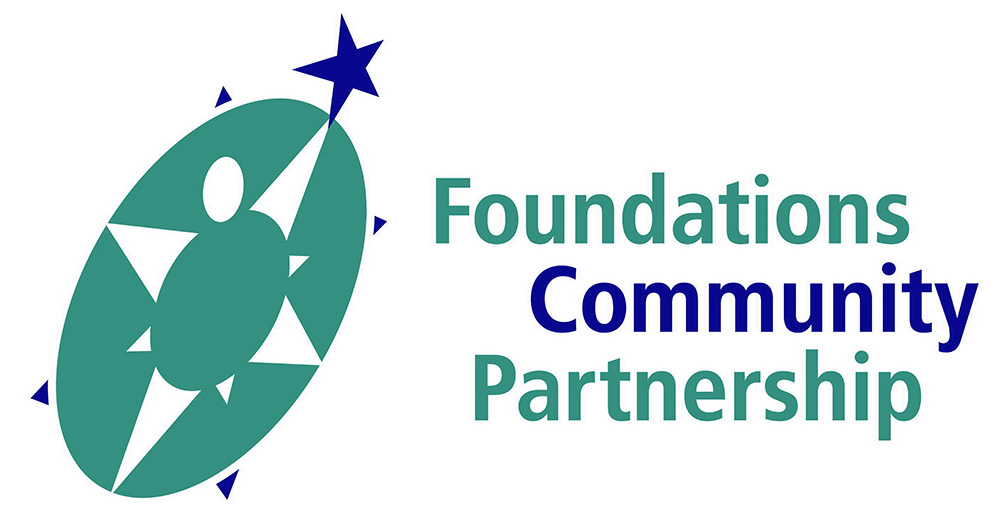Teaching Treatment Techniques for Trauma ….
Janine Domingues, Ph.D., from the Child Mind Institute for Mood and Anxiety Disorders in New York, presented today’s workshop entitled “Helping Kids and Families Exposed to Traumatic Events.” FCP has had several presenters from the Child Mind Institute over the years. They have all provided excellent workshops. Today’s presentation was no exception. During her well paced, relaxed, and informative workshop, Dr. Domingues was able to accomplish all three advertised objectives. These included:
• Differentiate typical from atypical reactions to trauma exposure in children
• Learn the DSM-V diagnostic criteria for PTSD
• Gain knowledge about evidence-based treatments for PTSD, including the purpose of treatment, the gold standard treatments, and basic information about implementing trauma treatment
Dr. Domingues explained that under the umbrella of “Trauma” are several diagnostic categories. A significant life event, such as the death of a grandparent, is a stressful event, perhaps traumatic for a child. Following this type of event, an atypical progression through the grief process — a failure to recover — would come under the diagnostic category of an Adjustment Disorder.
A significant stressful event with a child’s perception that there is a threat to his/her life, through personal experience as a participant or as a witness for a loved one, can lead to “Post Traumatic Stress Disorder,” or “Acute Stress Disorder.” She provided examples such as a 13 year-old girl witnessing the brutal beating of her father, and a 7 year-old boy whose house and town were destroyed by a hurricane. She said that a series of significant traumatic events can be cumulative, leading to these disorders.
Most traumatic events elicit both psychological and somatic symptoms such as rapid breathing, increased heart rate, sweating, and anxiety (autonomic nervous system, fight or flight response). Typically, these symptoms dissipate over a brief period of time, as the child recovers from the trauma. Dr. Dominguez explained that many children may quickly experience typical recovery from trauma through caregiver and community support. Some are more resilient than others, and recover more quickly. Atypical recovery includes extended duration, intensity, and impact of symptoms with functional impairment in daily living for some children and adolescents. These children who “fail to recover” will require extended treatment.
Dr. Domingues presented the new diagnostic criteria for the DSM-V as compared to the DSM-IV. There is much overlap for these two versions of the Diagnostic and Statistical Manual for Mental Disorders (DSM), published by the American Psychiatric Association. She highlighted the differences in the recent version to be considered for diagnosis. Regardless of the current diagnostic criteria, several assessment instruments for trauma exposure such as the Traumatic Events Screening Inventory (TESI) and the Trauma Exposure and Symptom Measures were presented. Dr. Domingues also discussed the use of clinical judgment, aside from formal assessment, and presented some techniques for clinicians to assist in diagnosis.
During the second part of her presentation, Dr. Dominguez briefly discussed treatment techniques for the children and families experiencing PTSD or ASD. As expected, Cognitive Behavioral Therapy (CBT) is the preferred treatment technique to help with this problem. She presented techniques such as “Trauma Focused Cognitive Behavior Therapy” that includes 12 sessions of therapy, 4 weeks after the event. She cautioned that a group discussion of the event too soon after the trauma may re-traumatize the child.
In general, this was a good presentation. Most of those around me in the audience appeared satisfied. There were a few negative comments however:
• “Sometimes questions and comments from the audience appear to be a private conversation by a couple of people in the front of the audience. I can’t hear them”
• “To many private conversations going on around me, I can’t hear the speaker”
• “Comments are long. I didn’t pay to hear them, I paid to hear the speaker.
Any other thoughts?
